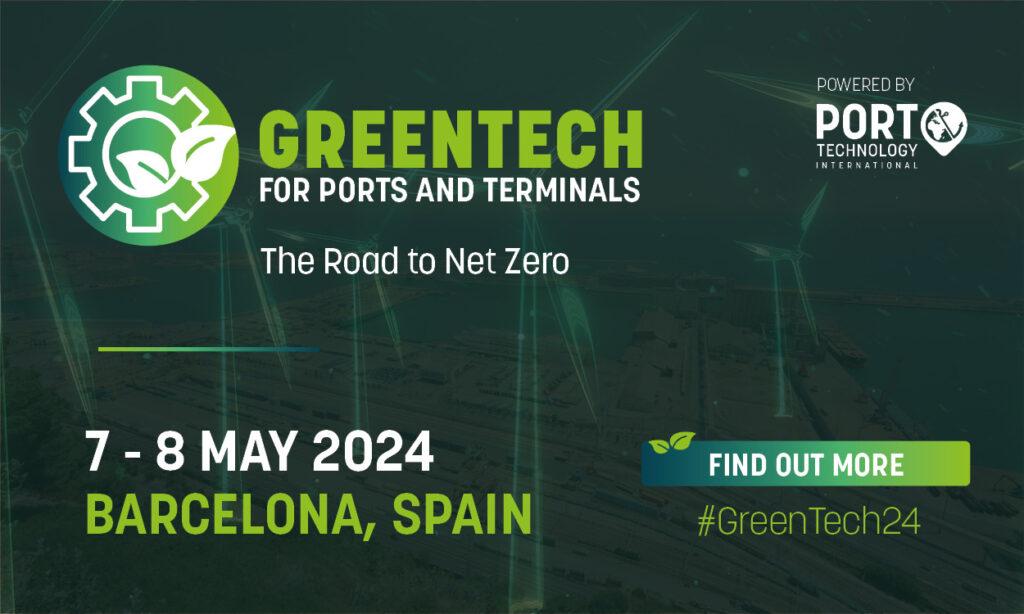The affordable solution for safe mooring in severe conditions
The birth of ShoreTension Mooring System
Together with the Rotterdam Port Authority, the Royal Boatmen Association Eendracht (KRVE) has developed the ShoreTension System.
ShoreTension is a mooring system used for mooring of sea-going vessels. The basis for the development was dramatic environmental and economic losses in a number of ports caused by drifting ULCVs. Therefore, the Rotterdam Port Authority required proper action and innovations. Ports have to deal with larger vessels with bigger lateral surfaces, i.e. ULCVs and cruise liners. Also due to climate change, the world faces more extreme weather conditions. The problem of safety is the so-called “mixed mooring”, which means the ropes paid out do not always equal the same tension as the ropes that are paid out by the tension winches on deck of the vessel concerned. In other words: the safest way to moor a vessel is making sure that all ropes which are paid out are at the same tension so they work together as one.
How does ShoreTension work?
ShoreTension is a hydraulic mooring system that automatically keeps mooring cables tense in severe conditions such as suction caused by passing ships, severe weather conditions and swell. It also prevents mooring cables from breaking in the case of on-/ offloading and tidal differences.
The system is placed on the quay side in between two bollards. One end is fixated to the quay bollard while the ship’s line is connected to the moveable part of the system. A second quay bollard is used for guiding the ship’s line.
It only has to be activated once via a hydraulic system. After that it functions stand-alone without the need for external energy. This feature makes it easy to place the ShoreTension system anywhere on the quayside.
The ShoreTension system provides a high tension and pays out the line coping with the peak loads without exceeding the Minimum Breaking Load of the line (MBL). By doing this the system dampens the ship’s motion and absorbs the energy of the ship. When the peak loads are over, the ShoreTension heaves in the line with the energy stored returning to its initial position. Because the system doesn’t require any external energy it is CO2 neutral.
Advantages of the ShoreTension system:
- It prevents lines from breaking (fewer personal injuries)
- Fewer mooring accidents could theoretically result in lower insurance premiums
- It improves the stability of the ship while being moored
- It increases the safety and speed of on- and offloading
- It is versatile and can be installed on almost every quay or jetty
- It is able to provide a constant (high) tension up to 60 metric tons of force (600kN);
- It has a safe working load of up to 150 metric tons (1,500kN)
- It has sensors that register the loads in the ropes.
- This data will be available for the ship’s master, port and terminal operators
- Data will be logged for review of berth
- A warning system can be set for when exceeding limits in force as well as displacement
- GPS data provides an overview of where warnings are issued across the globe
- The system is certified by Lloyd’s Register to operate under the conditions mentioned above, as well as in ATEX conditions.
Developing the design
Currently we are developing an alternative ShoreTension system. A number of terminals have requested the option of a vertical ShoreTension system, so less space is required. The line will be connected via pulleys with the moving ‘head’. It also enables easier placement on bollards or mooring dolphins.
Simulations carried out by Arcadis NV
ShoreTension BV asked Arcadis Nederland NV (Arcadis) to carry out a dynamic mooring simulation study. One of the simulations was carried out for a generalized LNG terminal. The ship concerned is a membrane 266,000m3 LNG carrier (LNGC). In the project the LNGC is subject to passing ships and to severe wind and wave conditions.
To read the full article download PDF



